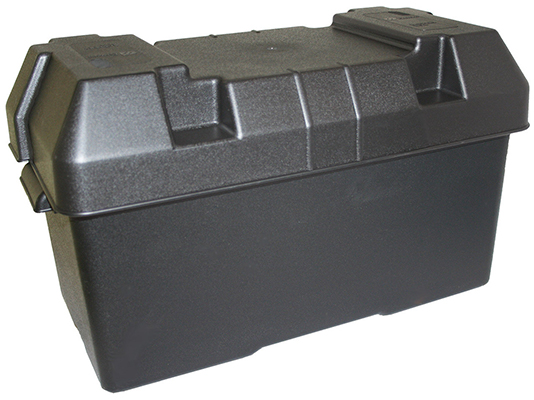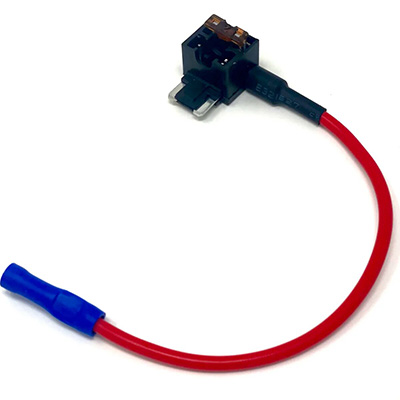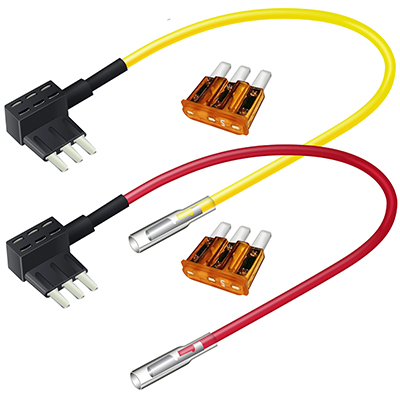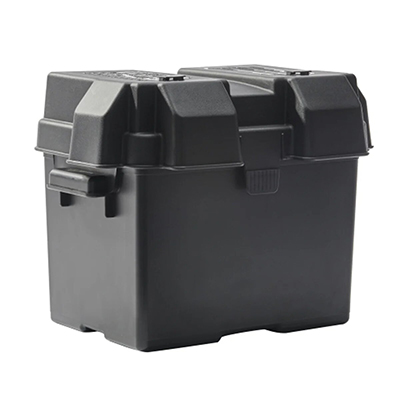Advanced Thermal Control Systems for Electric Vehicle Battery Enclosures
News 2025-10-20
Electric vehicles (EVs) rely on precise thermal management to optimize battery performance and safety. The battery box serves as a critical enclosure that integrates advanced cooling and heating systems, ensuring batteries operate within ideal temperature ranges. This prevents issues like reduced efficiency or thermal runaway, which can compromise vehicle reliability. As the EV market expands, these enclosures are key to enhancing overall system durability and meeting stringent industry standards for energy efficiency and safety.

Key Applications in Electric Vehicles
Electric vehicle battery boxes are essential in diverse driving scenarios. In urban environments, they manage heat from frequent stops and starts, maintaining stable temperatures to support consistent power delivery. For long-haul trips, these systems handle high-speed demands, dissipating heat effectively to avoid performance degradation. Additionally, in commercial fleets like buses or delivery vans, battery enclosures improve operational uptime by adapting to intensive use and varying climates, ensuring reliable performance in real-world conditions.
Performance Benefits of Modern Designs
State-of-the-art battery boxes offer significant advantages in thermal regulation. They employ efficient materials like aluminum alloys for superior heat dissipation, reducing energy loss and extending battery life. Enhanced designs incorporate sensors for real-time monitoring, which minimizes risks such as overheating or freezing, thereby boosting safety. These enclosures also contribute to weight reduction and aerodynamic efficiency, leading to improved vehicle range and faster charging times, making them indispensable for high-performance EVs.
Frequently Asked Questions
1. What role does a battery box play in EV thermal management?
Answer: It houses the battery and integrates cooling or heating elements to maintain optimal temperatures, preventing damage and ensuring efficiency.
2. How do these systems enhance battery longevity?
Answer: By controlling temperature fluctuations, they reduce wear on battery cells, potentially extending lifespan by up to 20% in demanding conditions.
3. What materials are typically used in battery enclosures?
Answer: Common materials include lightweight composites and metals with high thermal conductivity to balance durability, weight, and heat management.


